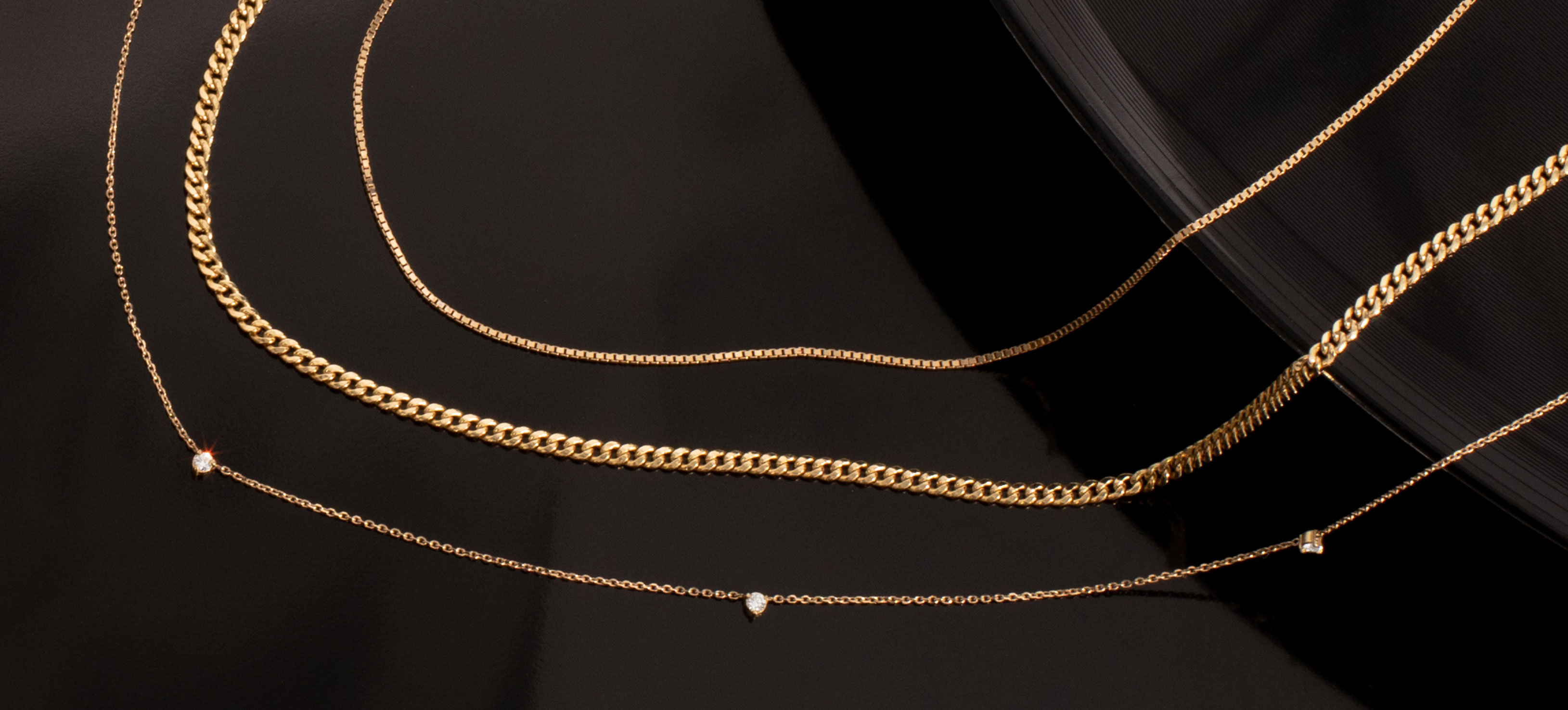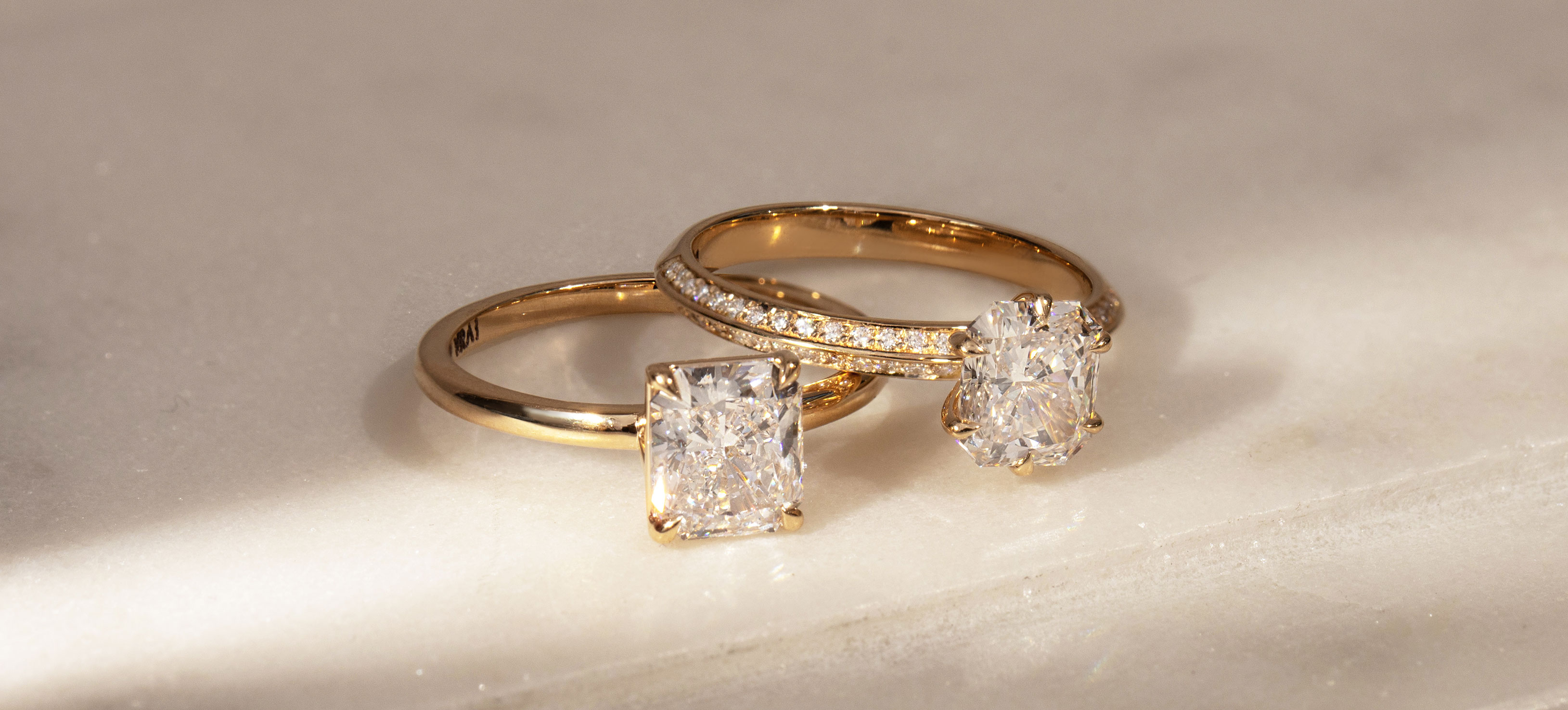Origen impecable


The Break Down: 14k vs. 18k Gold
VRAI | May 04, 2021
Gold is most often classified by a numerical value followed by ‘k’, for karat. Karatage is a value that tells us what percentage of pure gold your jewelry contains. The purest form of gold is 24k, but it’s too soft and malleable to use for jewelry. Because of this, alloys are mixed in to give the material strength and structure (and can be adjusted to create different colored golds). When combined, this entire material is called “solid gold”.
At VRAI, we craft our jewelry with either 14k or 18k solid gold. Most of our jewelry pieces are made with 14k solid gold while our special occasion and wedding collections in yellow gold and white gold are made with 18k solid gold.
Our materials matter. They are the reason we do what we do - which is why we think it’s important to educate around them. Below, we break down everything you need to know about our gold, so you can better understand the jewelry you wear every day.


14k Gold
So you can keep it on throughout your busy day, all of our jewelry pieces are made with 14k solid gold. 14k gold denotes that the material is 14 parts pure gold, 10 parts other alloys. These other alloys are most often silver and copper, added in different amounts depending on color. Tip: Most people with metal sensitivities are able to wear 14k gold.


18k Gold
As for our special occasion and wedding collection crafted from 18k solid gold, the ratio of pure gold to alloys is higher; 18 parts of pure gold to 6 parts other alloys. Because 18k pieces are majority pure gold, they tend to be a bit softer with a slightly brighter coloring. Tip: we suggest being mindful of the piece by taking it off from the sides and removing it completely for labor-intensive work.


Solid Gold
All golds aside, 14k and 18k are still considered “solid gold,” never plated, vermeil or filled. They are only strengthened with other alloys so you can enjoy your jewelry pieces longer.